Low-level light therapy (LLLT) is a new technology that uses a series of light-emitting diodes (LEDs). In dry eye disease, it has primarily been incorporated in the form of masks or wands, and different colours of lights are thought to lead to different effects. For example, the red or near-infrared masks are thought to stimulate energy production within the cells of the body, which also leads to heat production [1]. On the other hand, lights with blue wavelengths may have more of an impact on bacterial growth [2].
Current evidence and studies in dry eye disease have focussed mainly on the red LLLT masks, which has been shown to lead to clinical improvements including improved symptoms [3], tear volume [3] and ocular surface staining [4].
References[1] Sułek A, Pucelik B, Kobielusz M, et al. Photodynamic inactivation of bacteria with porphyrin derivatives: effect of charge, lipophilicity, ROS generation, and cellular uptake on their biological activity in vitro. Int J Mol Sci 2020 21.[2] Hamblin MR. Mechanisms and applications of the anti-inflammatory effects of photobiomodulation. AIMS Biophys 2017 4:337-61.[3] Giannaccare G, Pellegrini M, Carnovale Scalzo G, et al. Low-level light therapy versus intense pulsed light for the treatment of meibomian gland dysfunction: Preliminary results from a prospective randomized comparative study. Cornea 2023 42:141-4.[4] Park Y, Kim H, Kim S, et al. Effect of low-level light therapy in patients with dry eye: a prospective, randomized, observer-masked trial. Sci Rep 2022 12:3575.


